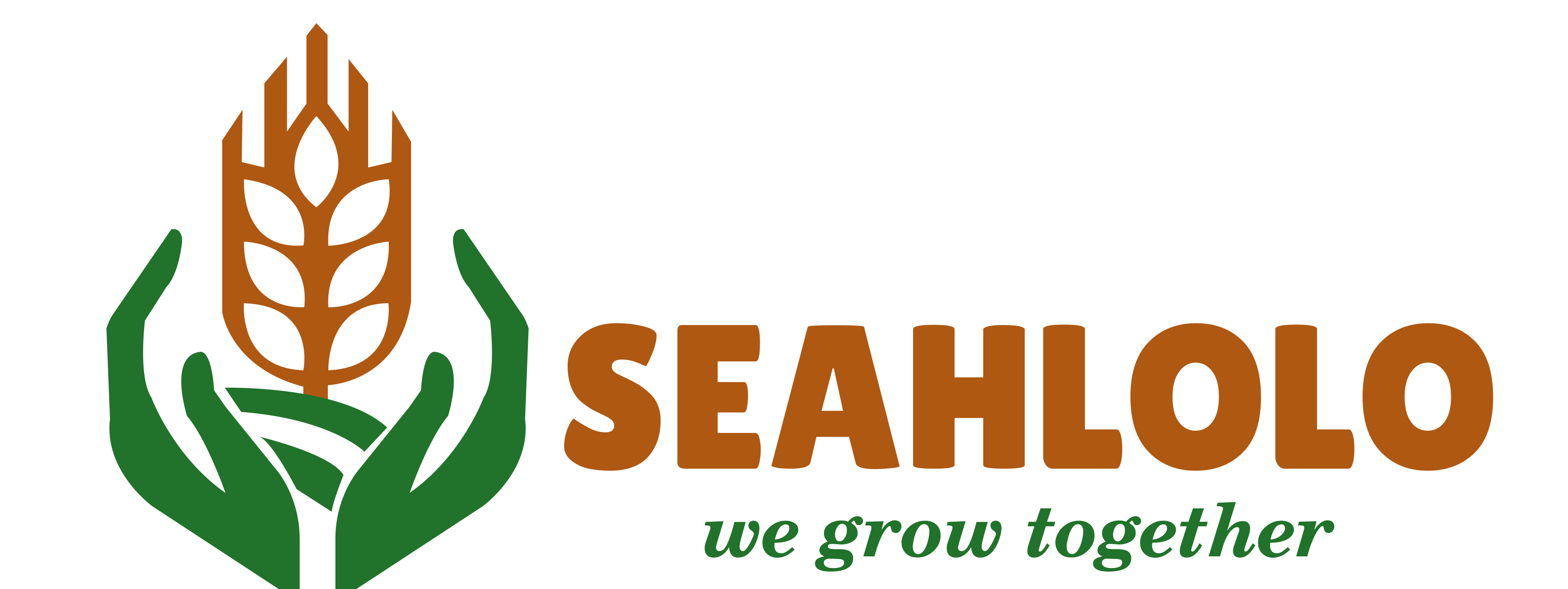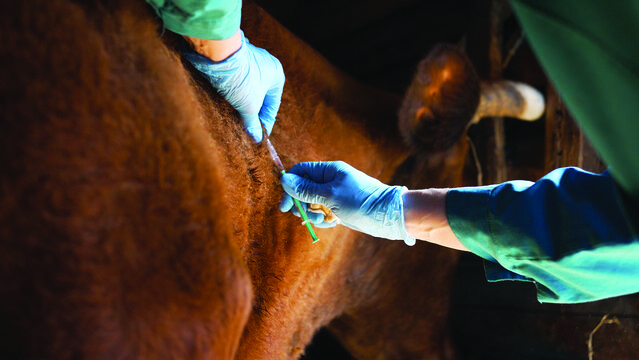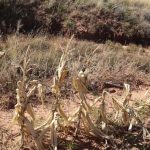![]()
By Molula Mofosi & Thoboloko Ntšonyane
The Ministry of Agriculture, Food Security and Nutrition has taken decisive steps to strengthen Lesotho’s preparedness for agricultural outbreaks by establishing Rapid Response Committees at national, district, and local levels.
The move comes as neighbouring South Africa battles a severe outbreak of Foot and Mouth Disease (FMD) with 270 confirmed cases across five provinces, including areas bordering Lesotho.
On July 9, 2025, the Ministry formalised the structure of its Rapid Response system, which includes three tiers: the Executive Committee, the Technical Committee, and the District Implementation Committees. These groups are tasked with coordinating timely responses to livestock and crop disease outbreaks, which threaten Lesotho’s food systems, rural livelihoods, and trade integrity.
“This is about being a step ahead,” said Dr Keneuoe Lehloenya, Director of Livestock Services and member of the Executive Committee, indicating that Lesotho is vulnerable to animal diseases, particularly because its open border with South Africa.
“We must act fast when outbreaks occur. These committees will allow us to do just that.”
The Executive Committee, headed by Principal Secretary Thabo Moleko, comprises directors of departments and is charged with ensuring strategic oversight.
The Technical Committee, formed of specialists such as veterinarians and agronomists, is the first to be deployed to outbreak sites to collect data, assess the situation and offer scientifically informed recommendations.
“This committee provides the science and direction, while the Implementation Committees in the districts carry out the response actions on the ground,” said Lereko Masopha, Senior Information Officer at the Ministry.
He added, “Extension officers in these committees will liaise with farmers, monitor impacts, and help curb the spread of diseases in communities.”
The urgency of this preparedness is underscored by the confirmation of Foot and Mouth Disease (FMD) in Moqhaka Local Municipality, Free State, a South African province that borders Lesotho.
According to the South African Department of Agriculture, the affected commercial farm was placed under quarantine on July 8, with surveillance and vaccination measures immediately rolled out in a 10-kilometre radius.
FMD is a highly contagious viral disease that affects cloven-hoofed animals such as cattle, goats, and pigs. While it poses no direct threat to human health, it has devastating economic implications, severely impacting livestock production and cutting countries off from international trade in animal products.
The World Organisation for Animal Health (WOAH) warns that FMD outbreaks can cost countries billions in trade losses annually. Lesotho’s continued status as FMD-free without vaccination is crucial, particularly for the export of wool and mohair, which are significant contributors to the national economy.
Minister Thabo Mofosi emphasised the importance of remaining vigilant. “Although we have not recorded any FMD cases in Lesotho, we cannot afford to be complacent. Our proximity to affected areas places us at high risk,” he warned.
He revealed, “We are working closely with local and international veterinarians, the FAO, and other partners to ensure that this disease does not cross our borders.”
He further stressed that any lapse in biosecurity measures could see Lesotho forfeit its international market access, particularly in the European Union and Asia, where stringent animal health standards are in place.
Masopha clarified that while the government has emergency funds allocated for such outbreaks, development partners such as FAO remain instrumental in response support, offering advanced technologies, chemicals, protective clothing, and expertise.
“Depending on the type of outbreak, partners step in with the needed resources. But the goal is for the country to be fully prepared without overstocking unused materials,” he said.
Principal Secretary Moleko echoed the need for strategic stockpiling.
“It is not ideal to let expensive chemicals expire on the shelf. We need targeted procurement based on accurate risk analysis and real-time communication with stakeholders.”
The Minister concluded by calling for clear action plans. “I want detailed reports from every department, outlining tools, timeframes, and the personnel accountable.”
“Each district must also submit its assessment of current gaps and possible solutions,” Mofosi directed.
With the African Armyworm and Anthrax having affected parts of Lesotho earlier this year, the Ministry’s creation of the Rapid Response structure signals a turning point in agricultural risk management. It also reflects a broader strategy to align disaster response with international standards—ensuring that Lesotho’s farmers, economy, and livestock sectors are protected from increasingly frequent outbreaks.
“We are not only reacting—we are preparing. With clearly defined communication lines and responsibilities, this response system could be the difference between containment and catastrophe,” said Dr Lehloenya




